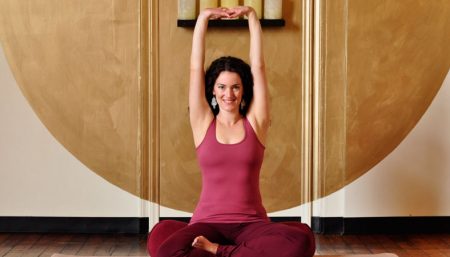In this article we talk about the triangular muscle covering the shoulder joint.
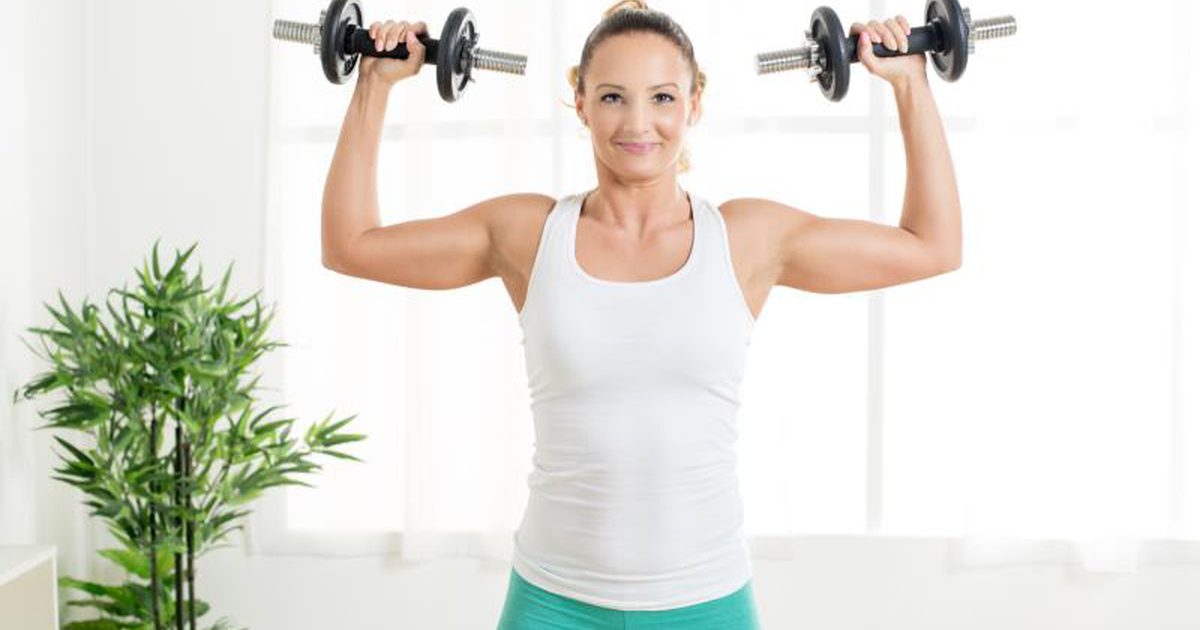
Your shoulders are composed of the larger deltoid muscles—anterior, medial, posterior—and smaller rotator cuff muscles that support the ball and socket joint. The deltoid muscles are the prime mover of arm abduction—moving the arm away from the body—along the frontal plane. The front (anterior) muscles are involved in shoulder abduction when the shoulder is externally rotated—think lateral raises with your thumbs turned up. The anterior deltoid also works with the subscapularis, pectorals, and lats to internally rotate the humerus bone, effectively turning your thumbs in and towards the center of the body so your palms face back.
To sculpt sexy shoulders, it’s critical to develop all three heads of the muscle. Doing so will help you achieve those sexy, round shoulders, which are a universal sign of fitness. Conversely, if all the heads are not developed, you can look flat from one or more angles. Strengthening all three heads is essential for injury prevention. Since all the shoulder muscles work together, leaving one under or overdeveloped, might leave you vulnerable to shoulder injury as well as discomfort in adjoining muscles like the back and neck.
| Do not use the same exact movements every time your train shoulders in order to prevent overuse injury. |
-
Seated Dumbbell Shoulder Press
- Sit on bench with back pressing against the back pad. Firmly plant feet on the floor. Hold dumbbells at shoulder height with elbows out to the sides and palms facing forward.
- Lift the dumbbells straight up until they almost touch and your arms are just short of straight. Lower dumbbells and repeat.
- Don’t lock out the elbow in the top position, as this transfers work to the triceps.
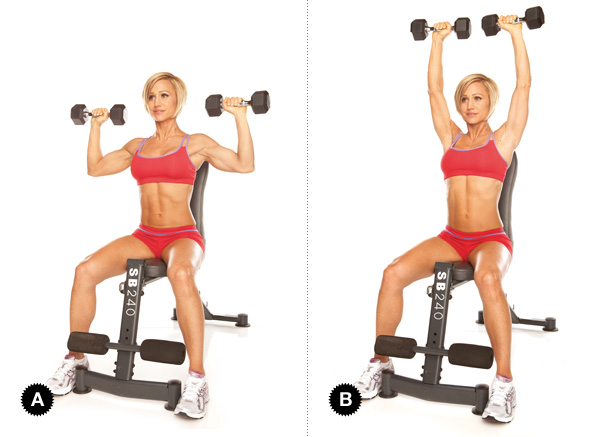
-
Lateral Raises
- This exercise targets your medial deltoids.
- Sit on the edge of a bench, and grasp a pair of dumbbells in each hand, with your arms hanging down.
- Keep your elbows slightly bent, and raise both arms sideways until they are slightly above shoulder-level.
- Ensure you keep your palms facing down at the top of the movement to maintain the tension on your medial deltoids.
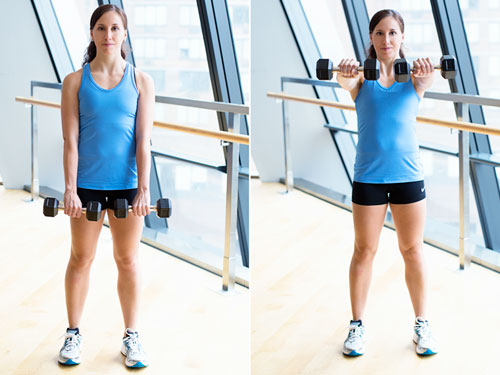
-
Front Raises
- Assume a comfortable standing stance, and grasp a pair of dumbbells.
- Hold the dumbbells in front of your thighs. Raise the left-hand dumbbell in a forward motion until it is slightly above shoulder-level. Lower your arm to its starting position, then raise the right hand dumbbell.
- Raise each arm alternately a total of 20 to 24 times. Keep both elbows slightly bent. This exercise works your front deltoids.
-
Rear Deltoid Cable Rows
- Set the cable pulley about shoulder height with a rope attached. Take a few steps back to get tension in the pulley. Set feet in a shallow lunge position.
- Pull elbows back and slightly up, thinking about initiating the exercise with the rear deltoid and not the hands. Slowly release the weight, keeping body stable.
- To keep this exercise out of your trapezius muscle and in your deltoid, keep your neck relaxed and your shoulders pressed down.
-
Seated Top-Hold Dumbbell Presses
- Sit on bench and hold dumbbells at shoulder height with elbows out to the sides and palms facing forward.
- Lift one dumbbell straight up and hold it. Then, lift the other arm. Once the second arm reaches the top position, lower the first arm. Continue this alternating press with a brisk but controlled pace until all reps are complete.
- Don’t lock out the elbow in the top position, as this transfers work to the triceps.
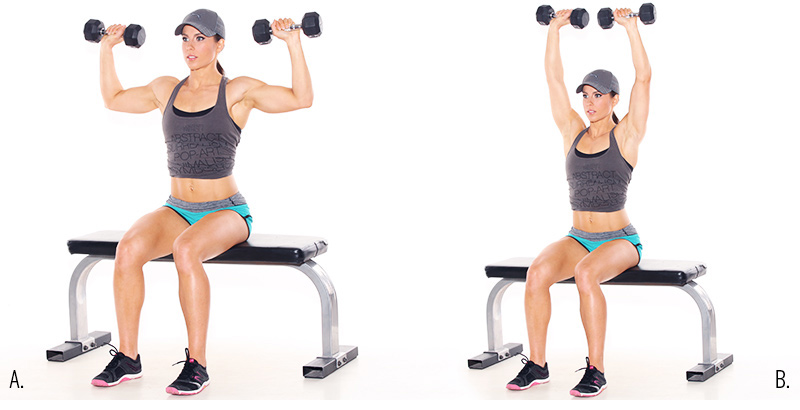
Training Essentials
- Stretch the shoulders thoroughly after every upper body training session, but not before.
- Don’t Shrug. When performing shoulder presses or raises, it’s easy to tense your traps and neck. Doing so takes the tension out of the deltoid and can strain the neck in the process.
- Think about keeping your pinkies, rather than your thumbs, high in your shoulder presses to increase tension in the deltoids.
- Don’t get out of Line. When performing lateral raises, don’t lead with your elbows or hands. Rather, keep them in line for maximum deltoid engagement.
- When performing shoulder press, don’t lock out the elbow at the top of the exercise, as it transfers the work to the triceps.
- Avoid swinging the weight when performing raises. Instead, move the weights in a strong, but controlled movement.
Disclaimer
The Content is not intended to be a substitute for professional medical advice, diagnosis, or treatment. Always seek the advice of your physician or other qualified health provider with any questions you may have regarding a medical condition.

